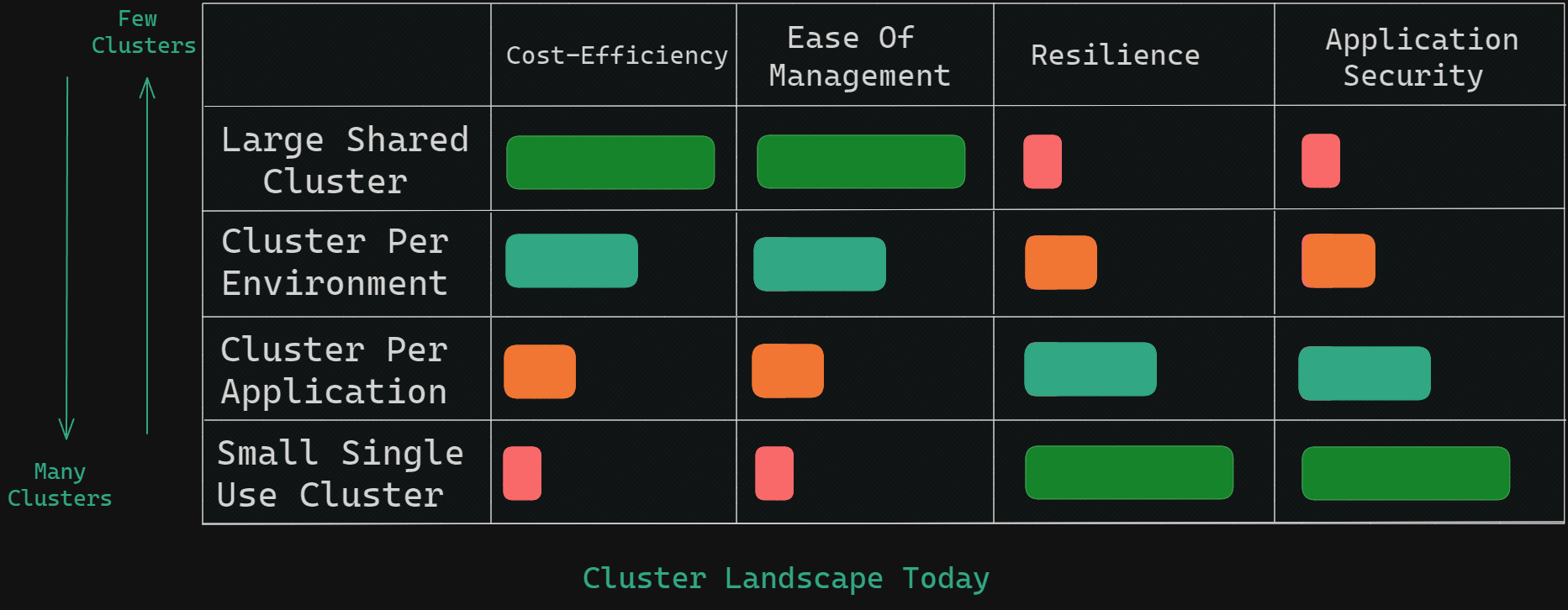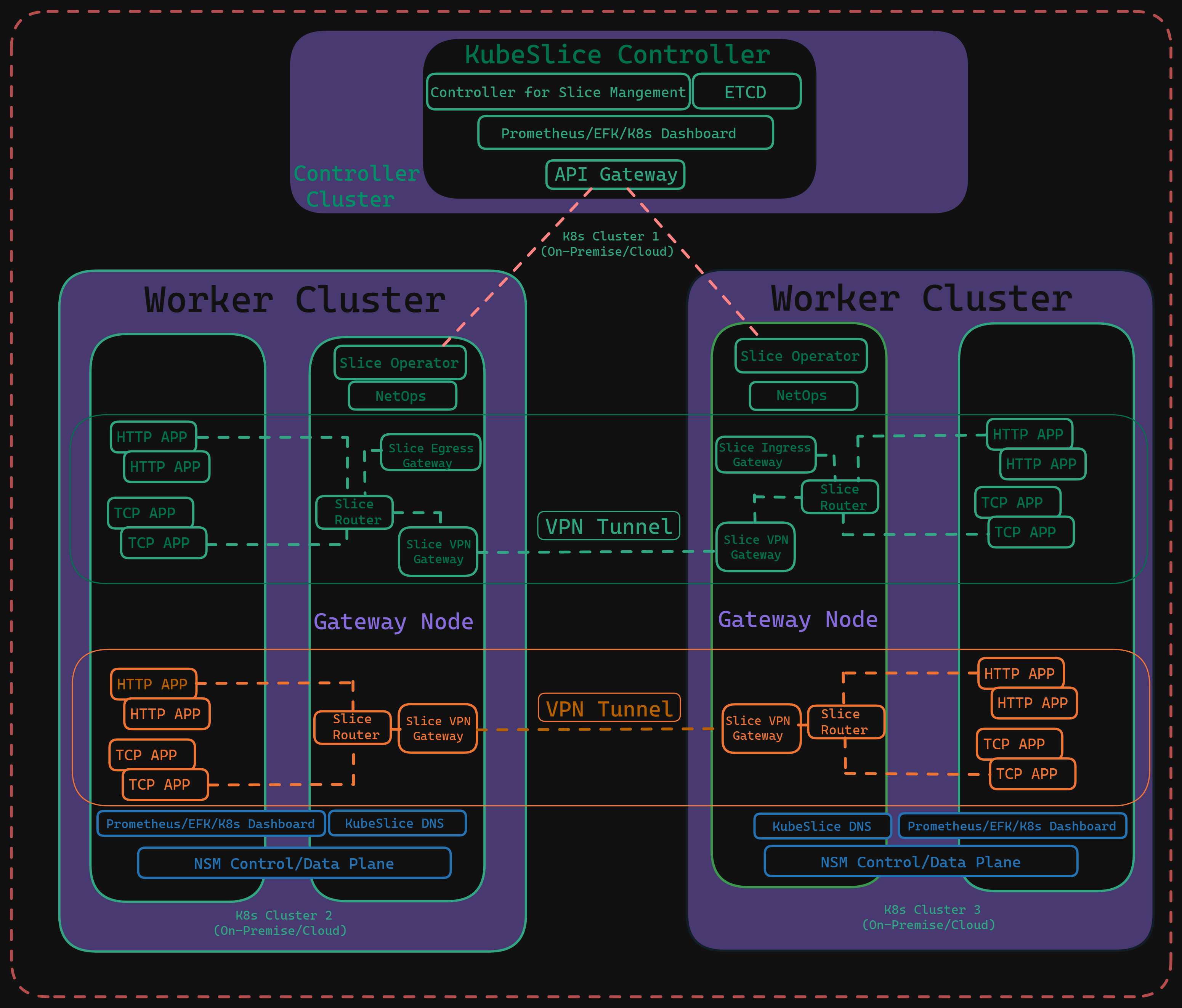Contributing to Real-World Open Source Projects
3 min read

In the realm of technology, collaboration is a crucial factor that has made numerous innovations and inventions possible. When discussing collaboration, it's essential to include open source in the conversation. If you're wondering what open source is, today is your lucky day! I'll explain how using open source can unlock many opportunities and benefit your career as a developer.
What is Open Source?
Open source refers to software that is free to use, study, modify, and distribute. Its source code is publicly accessible, allowing aspiring developers to learn from it and create innovative solutions. Open source also enables global collaboration among developers.
Why Contribute to Open Source?
Real-World Experience: For new developers, open source offers an insight into professional work environments.
Collaboration: It provides an opportunity to collaborate with other developers, share code and ideas, and enhance skills.
Community and Networking: The open source community is supportive, often assisting with challenges. It's also a great way to network with experienced professionals in the development field.
Opportunities: Contributing to open source projects allows developers to publicly showcase their skills, potentially leading to job opportunities. Companies also benefit by identifying talented contributors.
Possible Contributions
Solving Issues: Open source projects typically have an issues section listing bugs to fix or features to develop. Contributions here are highly valued.
Raising New Issues: After setting up a project locally, reporting new bugs or suggesting features is a useful contribution.
Assisting Newcomers: Helping newcomers navigate the open source landscape is greatly appreciated.
Support: Promoting a project through social media, blogs, or even just starring it on platforms like GitHub helps increase its visibility.
Opportunity: KubeSlice
What is KubeSlice?
KubeSlice addresses the challenges of managing multi-cluster applications. It creates logical network boundaries within a cluster for seamless pod and service communication. It also facilitates communication across clusters in different data centers or cloud regions.

KubeSlice Architecture

KubeSlice uses an overlay network for connecting clusters, providing secure, encrypted VPN tunnel-based connectivity between pods in different clusters. It also enables service discovery and reachability across clusters.
KubeSlice Controller: Manages slice configurations and cryptographic certificates for VPN gateways across clusters. It communicates with Slice Operators and offers APIs for managing application slices.
Slice Operator: Responsible for updating configurations, resource management, and setting up VPN and service discovery connections. It ensures smooth operations and enforces network rules.
Getting Involved
KubeSlice welcomes contributions. The KubeSlice Roadmap is a useful resource for finding open issues and projects.
Conclusion
Understanding open source is a step towards harnessing its potential. Contributing to open source projects enhances your skills, offers collaboration experience, and connects you with an incredible global community.
Shoutout to them for collaborating with me on this blog.